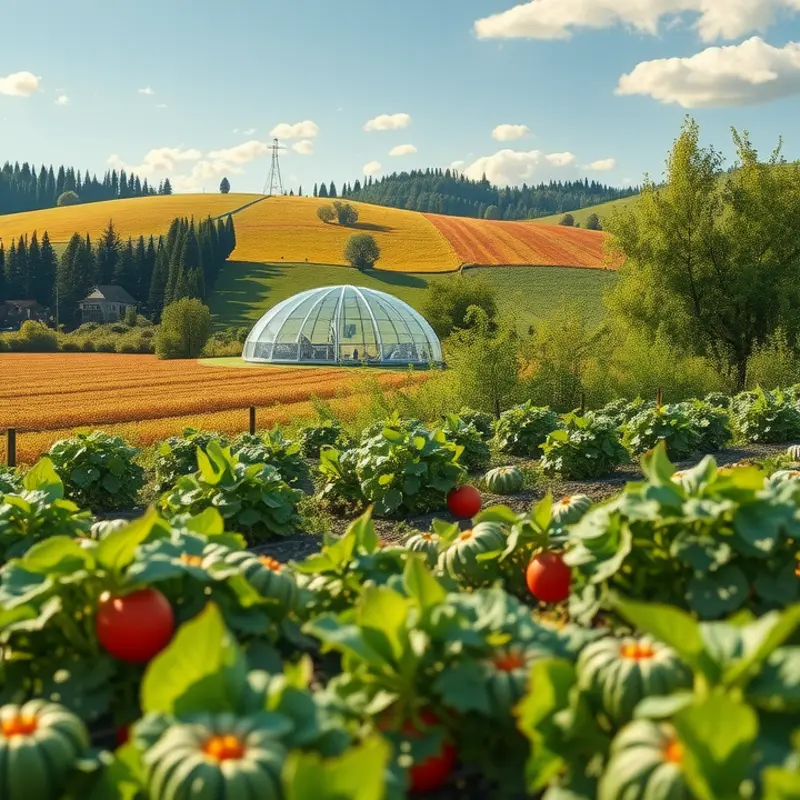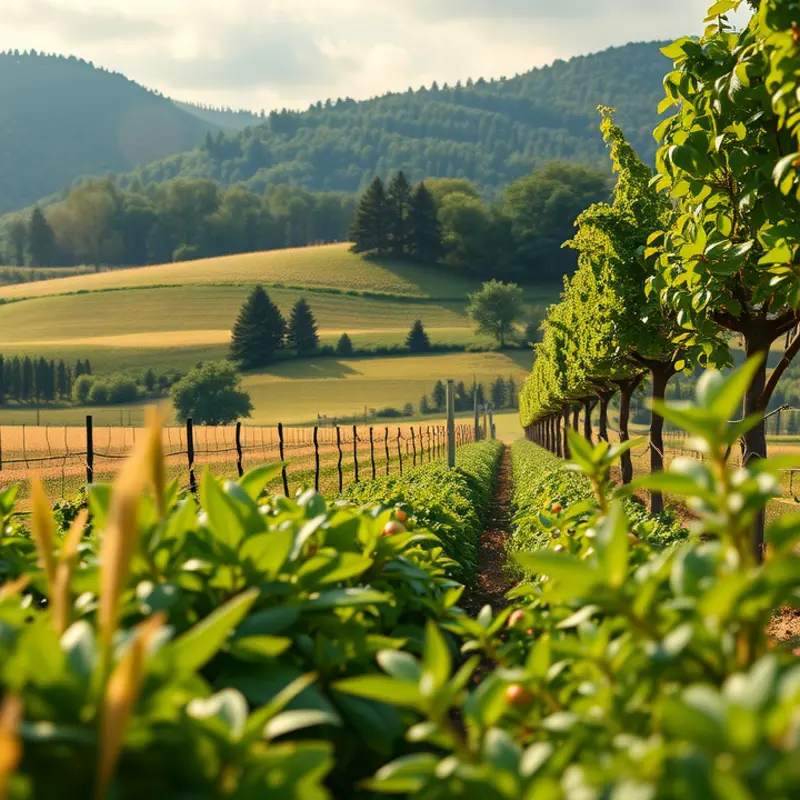Eating seasonally is more than just a trend; it’s a lifestyle choice that promotes better health and environmental sustainability. By embracing seasonal produce, individuals can tap into the freshest, most flavorful foods available at any given time, while also aligning their diets with nature’s cycles. This article will explore the various seasonal dieting concepts, focusing on how to integrate them into everyday life, and the benefits they offer from nutritional to environmental perspectives.
Understanding the Benefits of Seasonal Dieting

Adopting a seasonal diet brings an abundant array of benefits that span health, flavor, and ecology. Foods harvested in their natural season tend to be fresher and tastier. Seasonal produce is allowed to ripen fully, enhancing its natural flavors and nutritional quality.
Nutritionally, seasonal foods offer advantages over their out-of-season counterparts. Produce that is picked at the peak of its season is higher in vitamins, minerals, and antioxidants. These nutrients are vital for maintaining a robust immune system and overall well-being. For example, summer fruits like berries are packed with antioxidants, while winter vegetables such as kale are rich in vitamins C and K.
Beyond health benefits, seasonal eating also plays a crucial role in reducing our ecological footprint. Locally sourced, seasonal produce does not require the extensive transportation that contributes to greenhouse gas emissions. By consuming foods grown in their natural season, we minimize the energy used for transport, storage, and cultivation. This practice significantly reduces agricultural impacts on the environment.
Buying seasonal foods often goes hand-in-hand with supporting local economies. Local farmers benefit directly from the demand for their goods, reinforcing community food systems. This not only sustains local agriculture but also fosters stronger community ties and food security.
To effectively incorporate seasonal eating into your lifestyle, begin by familiarizing yourself with what fruits and vegetables are in season at different times of the year. Local farmers’ markets are an excellent resource. Shopping at these markets not only ensures access to fresh produce but also allows direct interaction with the people who grow your food.
Moreover, understanding simple ways to preserve seasonal foods can extend their availability. Freezing, canning, and drying are excellent methods to store fruits and vegetables for future use without compromising their nutritional quality. This aligns with sustainable practices, reducing food waste and ensuring nutritious options year-round. For more practical tips on reducing food waste, explore our guide on low-waste cooking prep.
Another practical tip for incorporating seasonal foods is planning meals around them. This approach not only simplifies decision-making but also inspires culinary creativity. Meal planning according to seasonal availability can lead to discovering new recipes and using ingredients in innovative ways.
Eating seasonally aligns with nature’s cycles, promoting a lifestyle that harmonizes health with environmental consciousness. By choosing seasonal, locally sourced foods, we support our bodies, communities, and the planet. This rhythm encourages not just a healthy diet but also a sustainable and enjoyable culinary experience.
Practical Tips for Eating Seasonally

Incorporating seasonal foods into your meals can be both rewarding and health-enhancing. Start by familiarizing yourself with the produce calendar for your region, as it will guide your shopping and meal prep decisions. A practical strategy for sticking to seasonal eating is meal planning. Sketch out your weekly meals to include what’s abundant in each season. Focus on simple dishes that highlight fresh produce naturally packed with flavor and nutrients.
Visiting farmers’ markets can significantly enrich your seasonal eating experience. These markets offer a bounty of locally grown fruits and vegetables, often picked at peak ripeness. Engage in conversations with local farmers to learn more about their produce. This direct connection helps you appreciate the origins of your food and supports sustainable agriculture.
As you gather seasonal gems, consider preserving produce to enjoy off-peak season flavors. Methods like freezing, canning, or dehydrating can extend the longevity of your favorite fruits and veggies. For guidance on safe preservation techniques, you can refer to resources that discuss safe storage of sauces and other perishables.
To keep your meals exciting, explore recipe websites specializing in seasonal ingredients. These platforms can inspire creative ways to replace staples with what’s fresh and local. For instance, finding a substitute for a winter squash dish can lead you to a delightful discovery during spring.
Become involved in the concept of food swapping with friends or neighbors. Collaborating allows you to vary your diet beyond what’s typical in your household. Share excess produce or homemade preserves in exchange for something you haven’t tried before. It helps build a sense of community while diversifying your meals.
Finally, seek out ways to make meals exciting. Play with colors and textures to turn ordinary dishes into feasts. A vibrant salad using purple cabbage, orange slices, and pink radishes can be as visually appealing as it is nutritious. Incorporating seasonal herbs can add zest and complexity to your recipes without relying on salt or artificial flavor boosters.
By implementing these strategies, you can joyfully adhere to a seasonal plate, experiencing the fullest expression of nature’s offerings throughout the year.
Final words
Embracing seasonal dieting offers a simple yet profound way to improve your health and reconnect with nature. By choosing foods that are at their peak during their respective seasons, individuals not only enjoy superior taste and nutrition but also contribute to local economies and reduce their environmental impact. Incorporating seasonal foods into your meals can enhance your culinary creativity and overall well-being. Pay attention to what’s in season, explore your local markets, and make it a point to experiment with the vibrant produce available throughout the year. Your body, mind, and the planet will thank you.








